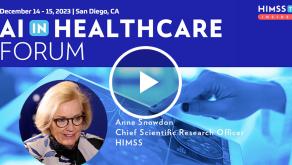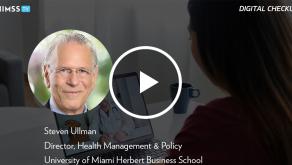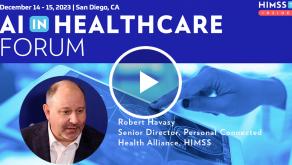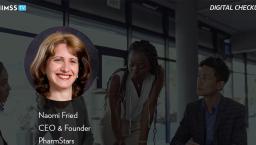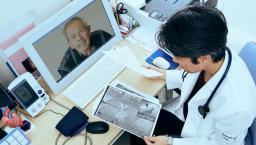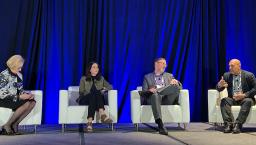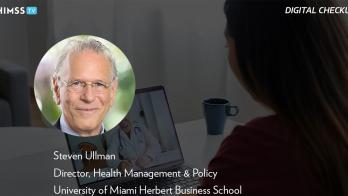How to get clinicians onboard with predictive analytics

Photo by franckreporter/ Getty Images
Healthcare has higher barriers to adopting data science than other industries. State-of-the-art analytics solutions are already available, but few of them are in use by clinicians.
At University of Virginia Health System, health leaders worked to establish a culture of data-driven decision-making with clinicians, with data science guides clinicians in finding opportunities for improvement, designing and implementing interventions, and evaluating impacts.
Bommae Kim, senior data scientist at Hackensack Meridian Health – and until last year with UVA Health, also as a senior data scientist – said a key challenge to wider adoption is lack of interest.
"Due to their disinterest or ambivalence to data science, it may be difficult to find opportunities to work with clinicians to begin with," she said.
Kim, who along with Dr. Jonathan Michel, director of data science at University of Virginia Health, will speak on the topic next month at HIMSS21. She said a lack of trust and a lack of understanding are two other challenges to adoption of analytics solutions
"Clinicians may disagree with analytics results due to lack of trust in data science," she said. "It may also be challenging to introduce advanced analytics due to the level of data literacy."
She explained the key opportunities for clinicians adopting data science depends on the analytics maturity and executive leadership support at the organization.
"Of the multiple aspects to consider, I'd like to point out actionability in finding opportunities," said Kim. "Unless strong clinician support is already in place, it would be extremely challenging to succeed in purely clinical topics, for example sepsis."
She noted those clinical topics are certainly important to any health system but may not be readily actionable for many reasons.
On the other hand, Kim noted some topics are highly relevant to clinicians yet not purely clinical--LOS and readmissions, for instance.
"Their causes and interventions are not necessarily clinical, unlike sepsis, and clinicians seem more open to data scientists' suggestions in less-clinical domains," she said. "I would consider them more actionable topics. Once a strong relationship is built with clinicians, it'll be easier to move to more clinical domains with their support."
She explained UVA Health Data Science often engages with clinicians by presenting data analysis about their patients and workflows as for their project or interest. Such sessions naturally lead clinicians to data-driven decision making.
"Through such engagement, we built trust and improved data literacy among clinicians," said Kim.
"Moreover, in the process data scientists learned what clinicians truly want and need. What they ask for may not be what they truly want or need. With improved clinician trust and data literacy and a better understanding of clinician needs, we were able to move toward more advanced analytics."
Jonathan Michel and Bommae Kim will address the use of data science among clinicians at HIMSS21 in a session titled "Making Prescriptive Analytics Work for Clinicians." It's scheduled for Thursday, August 12 from 1-2 p.m. in room Wynn Lafite 2
HIMSS21 Coverage
An inside look at the innovation, education, technology, networking and key events at the HIMSS21 Global Conference & Exhibition in Las Vegas.





